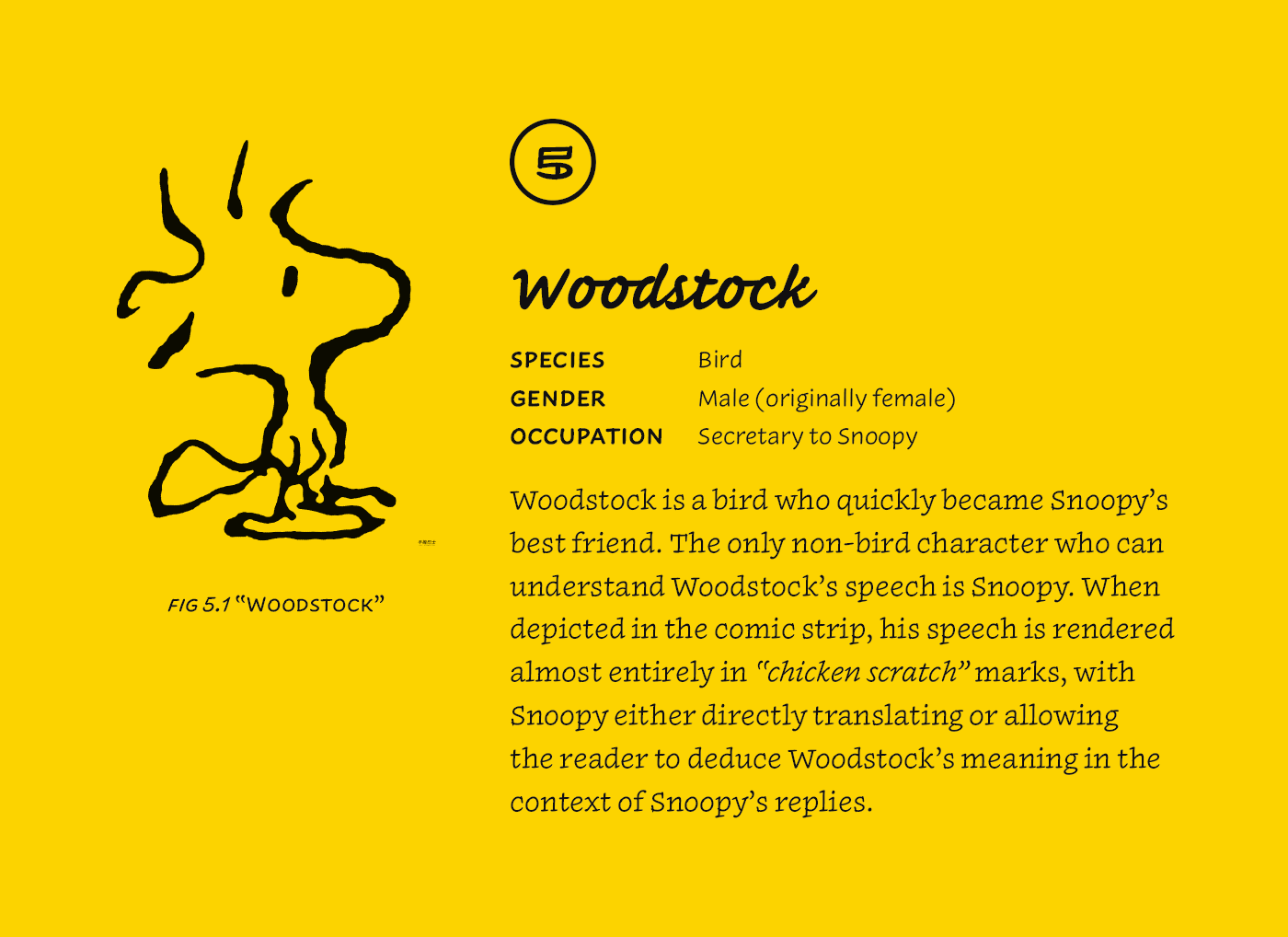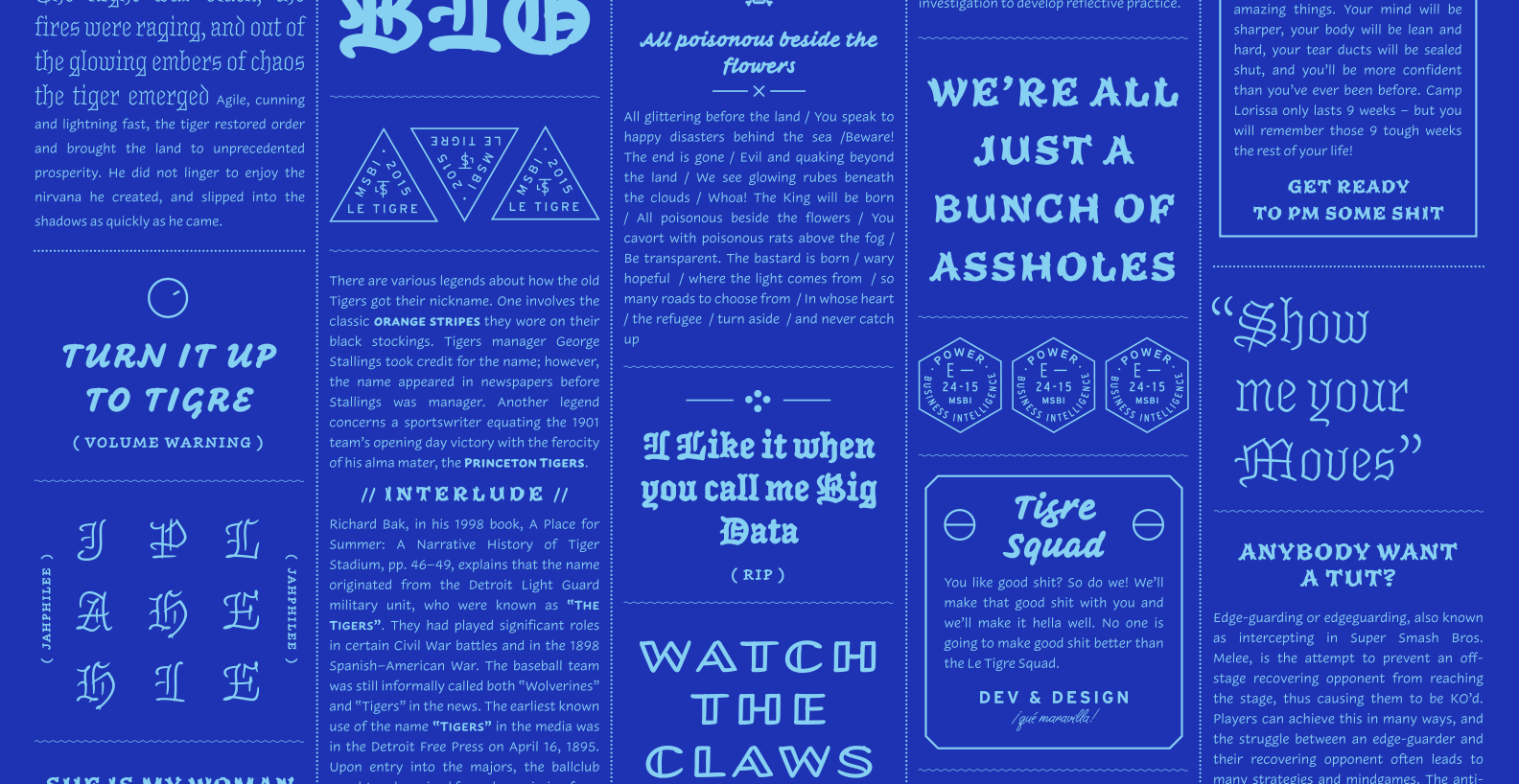Inkwell is the kind of batshit idea that could only come out of one person’s head: Jonathan Hoefler. A superfamily of handwritten typefaces that not only has a sans, serif and script variant, but a Tuscan, a Blackletter and an open capital style that harkens to blueprint lettering? Pardon my French, but what in the actual fuck?
Not only is the range of styles in this family absolutely insane, each style has SIX weights! I could spend the next 900 words cursing about how off the wall crazy this whole endeavor is, but that is what makes it worth talking about. There’s certainly never been anything like Inkwell before, and I doubt there will be again, unless Hoefler and Jordan Bell decide to add an Italian style in the future just to really complete the typographic buffet.
Any of the individual styles are excellent representations of their form. I see bits of Charles Schultz’s gorgeous lettering from Peanuts in the sans and serif—a reference Hoefler mentioned in his presentation of Inkwell at Typographics in 2017[2]. The script toes the line between effortless and fussy and is a real pleasure to read even in long-form. The Blackletter is gorgeous—every character is a gem and worthy of being printed and framed. And the Tuscan is probably my favorite, with its scratchy lighter weights and its organic forms that look like they could be composed out of living plants that is such a fascinating take on a style that originated in hot lead and slabs of wood. I’ll be curious to see if Hoefler & Co’s release leads to a resurgence in handwritten typefaces, and my fingers are crossed that Tuscans and Blackletters see a boost in popularity as a result.







